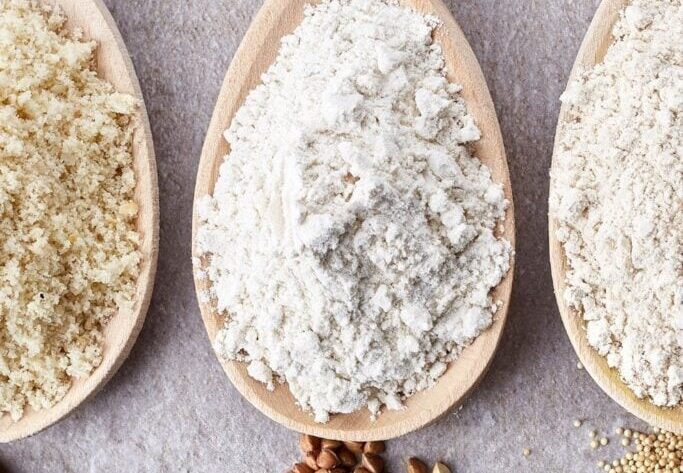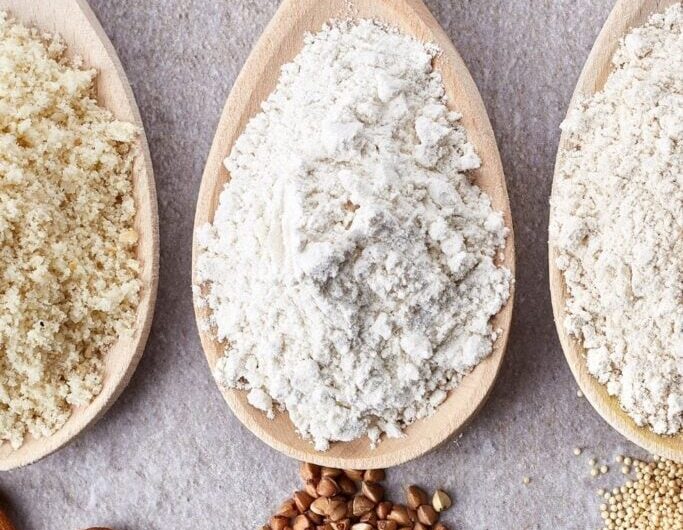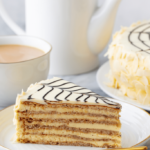Running low on all-purpose flour or need a gluten-free option? Learning about flour substitutes can make a big difference in your baking. While all-purpose flour is a go-to for many, there are plenty of fantastic substitutes you can use.
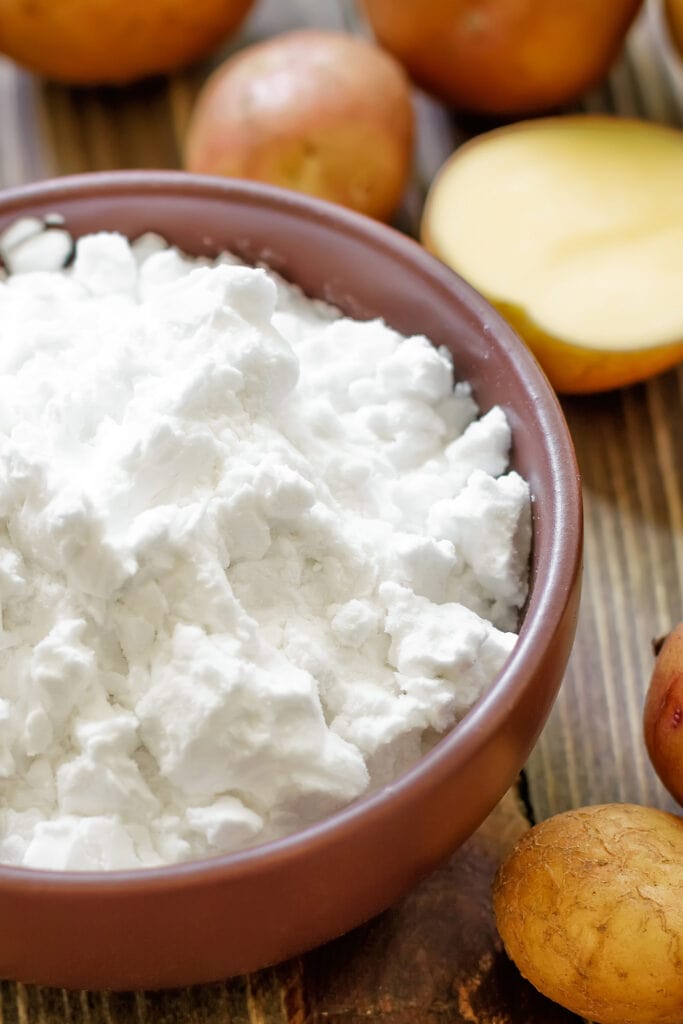
1.Potato Flour
Meet potato flour, a gluten-free gem made from ground whole potatoes that have been peeled. It’s a pro at keeping things moist, making it perfect for baking delicious yeasted breads with a soft, tender crumb that stays fresh for a long time.
Use it to whip up tasty potato bread rolls, rich brioche, or even crispy breadsticks. But potato flour isn’t just for baking–it’s also a fantastic thickening agent for sauces, gravies, and soups. Whether you’re cooking up a hearty meal or baking something special, potato flour is a versatile ingredient that’s sure to shine.
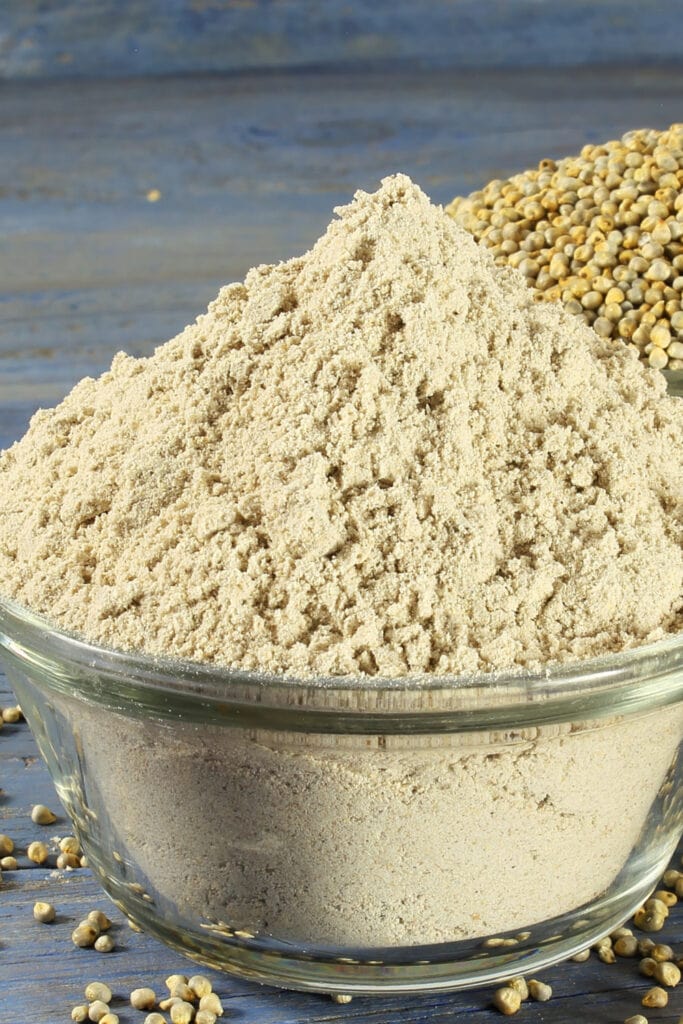
2.Millet Flour
Millet flour is a fantastic gluten-free option to add to your pantry. If you’re new to millet, it’s a whole grain with a light, nutty flavor that’s easy to work with.
For the best results in baking, especially when making bread, mix millet flour with all-purpose flour using a 1:4 ratio. This blend will give you a delicious, hearty texture and a subtle nutty taste that elevates your bread game.
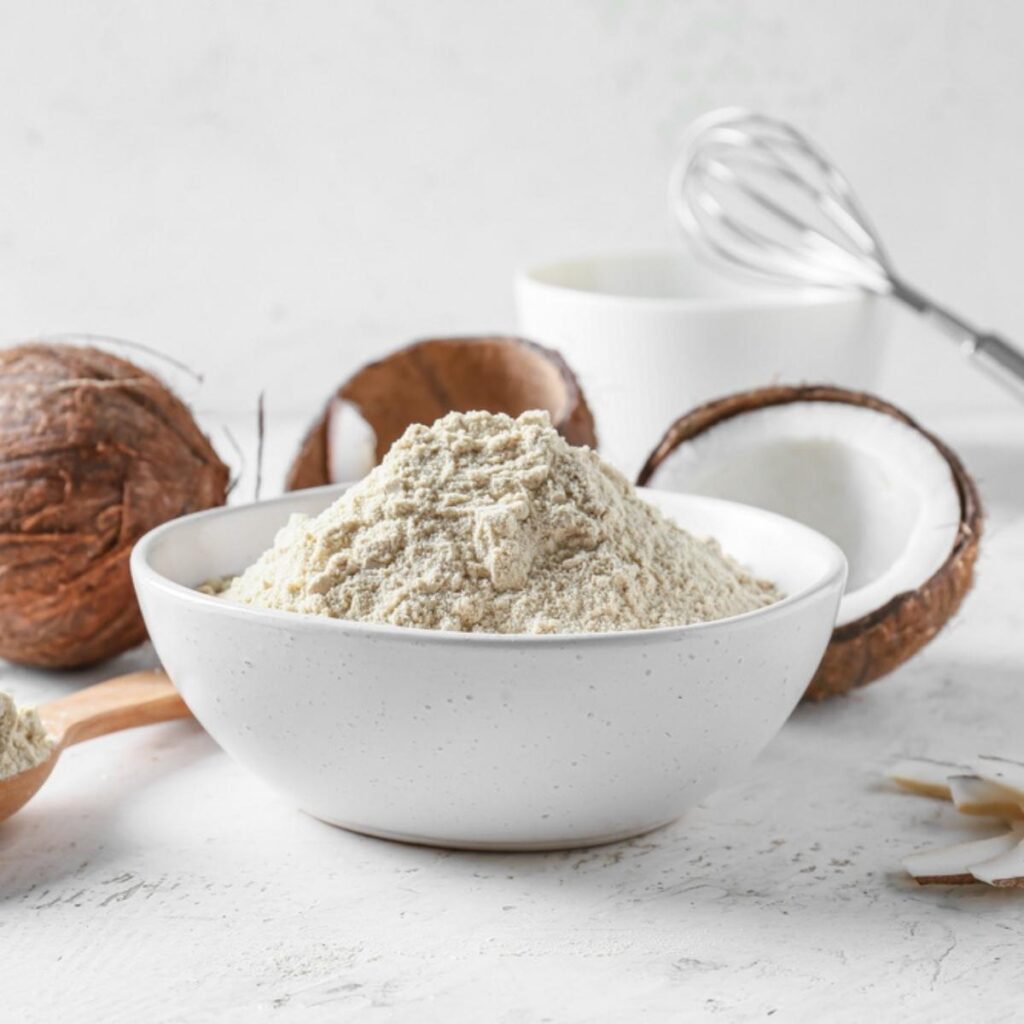
3.Coconut Flour
Coconut flour is a fantastic choice for keto dieters since it’s high in fiber and low in carbs. It’s super absorbent, soaking up liquids like a pro, which is why using it alone might lead to baked goods that are a bit dry or dense.
To get the best results, pair it with a little extra fat or liquid. This simple trick ensures your treats turn out light and fluffy every time!
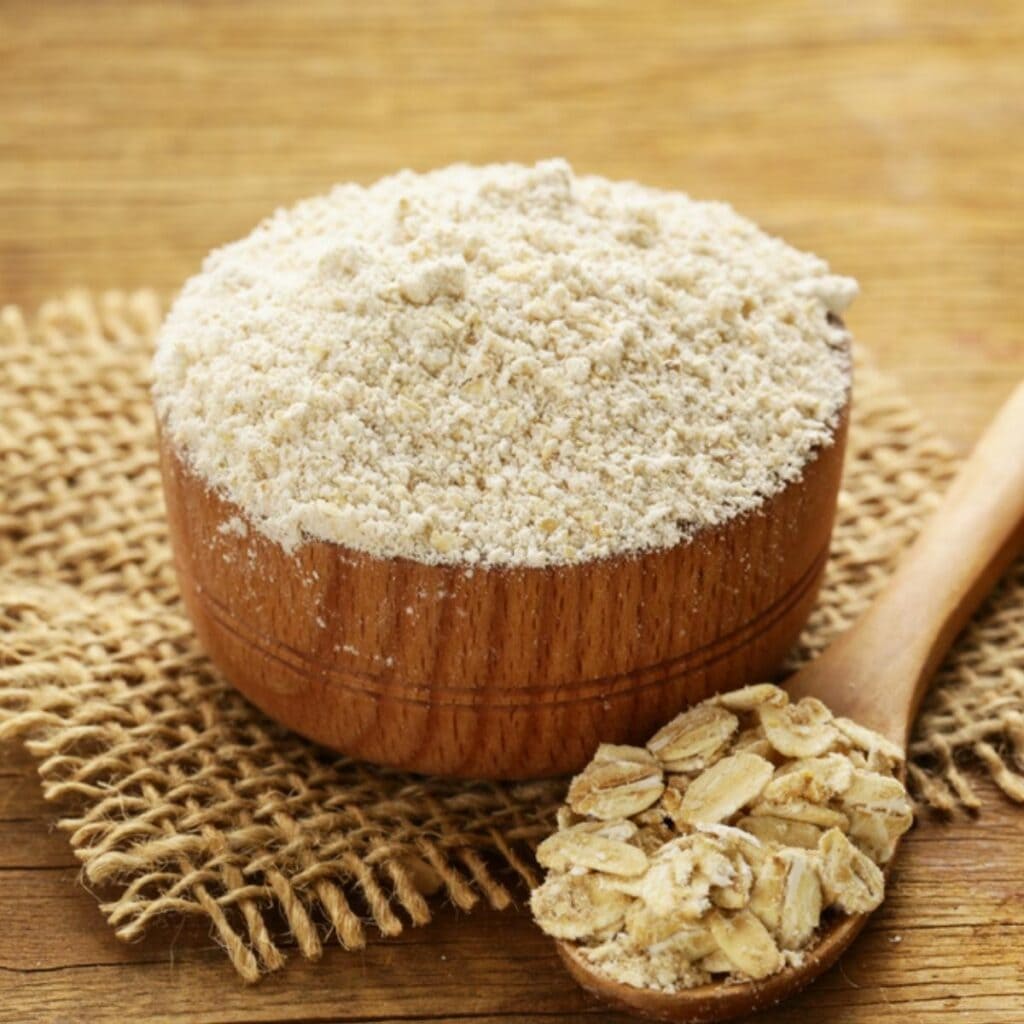
4.Oat Flour
Oat flour is a game-changer when you’re out of regular flour. It’s simply rolled oats blended into a fine powder–easy as can be. Like almond flour, it’s gluten-free and adds a hint of sweetness, making it perfect for treats like cookies, pancakes, and muffins.
Plus, it’s great for breading or no-bake goodies like raw cookie dough. Bonus: it’s safer than regular flour, which might have E. coli. Just a tip–skip using it to thicken soups or sauces, as it can mess with the texture. A must-try for any baker!
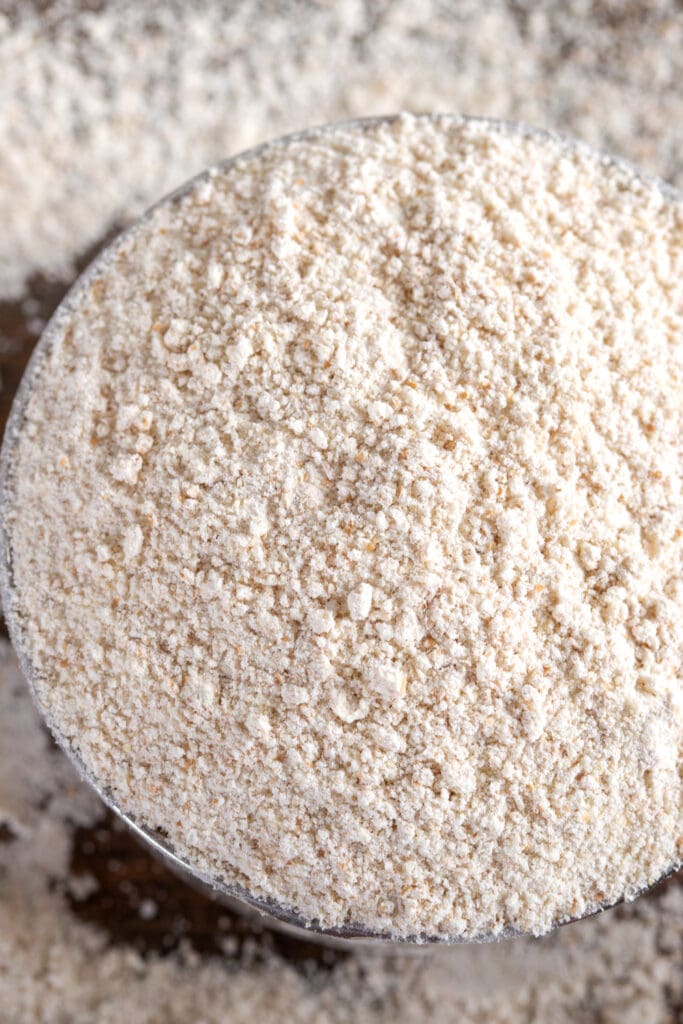
5.Rye Flour
Did you know rye flour comes in a range of colors, from white to dark? The shade depends on how much bran is left in the grain. Darker rye flours are heavier and have a fruitier taste, making them perfect for hearty recipes.
Whether you’re baking sourdough, whipping up fruitcakes, or making scones, pasta, or crackers, rye flour is a versatile choice. And let’s not forget pumpernickel bread, which uses the darkest rye flour for that classic flavor. Just a heads-up: rye flour isn’t gluten-free, so it’s best for those who can enjoy gluten.
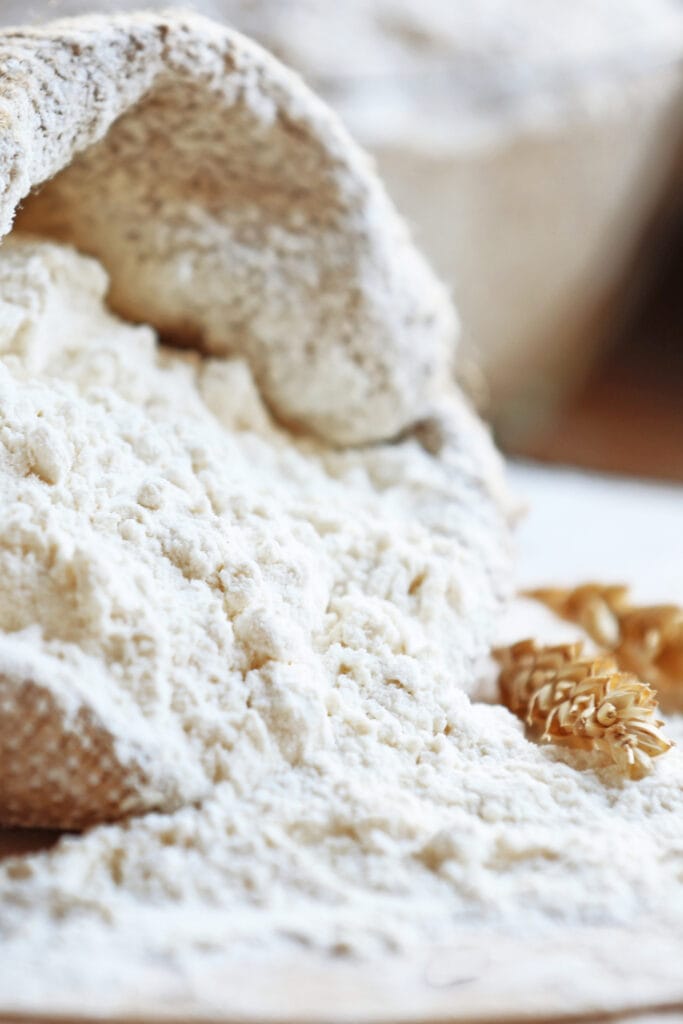
6.Whole Wheat Flour
Whole wheat flour is a robust grain made from the entire wheat kernel–bran, germ, and all. Not only is it more nutritious, but it also adds a rich, nutty flavor to your baked goods.
Just a heads-up: it’s more absorbent than regular flour, which can sometimes lead to dry results with a coarser texture. Here’s how to balance it out: when making bread, try a 50/50 mix of whole wheat and white flour (whether that’s all-purpose, cake, or bread flour works).
For cookies and quick breads, use 7/8 cup of whole wheat flour instead of 1 cup of all-purpose flour. One more tip: let the batter rest for 10 minutes before baking. This gives the bran and germ time to hydrate, resulting in a much more tender final product.
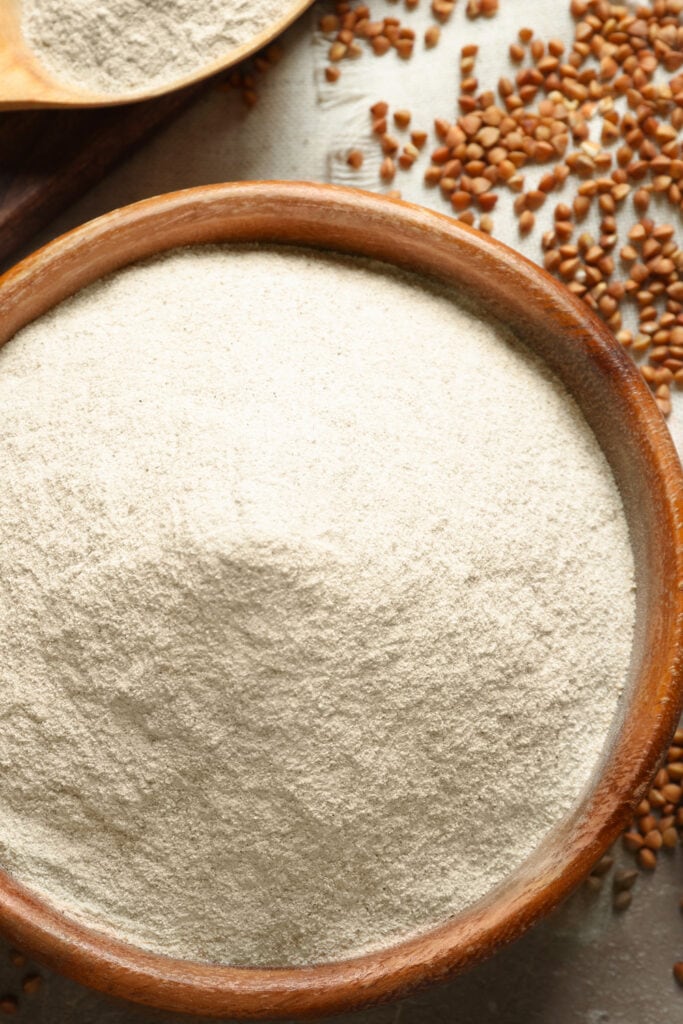
7.Buckwheat Flour
Buckwheat flour is a gluten-free option made from an ancient seed, despite its name suggesting otherwise. It’s packed with fiber and vitamins, offering a delicate floral and nutty flavor.
The texture is slightly chalky, so it’s best used alongside another gluten-free flour, like almond or oat, when substituting for all-purpose flour.
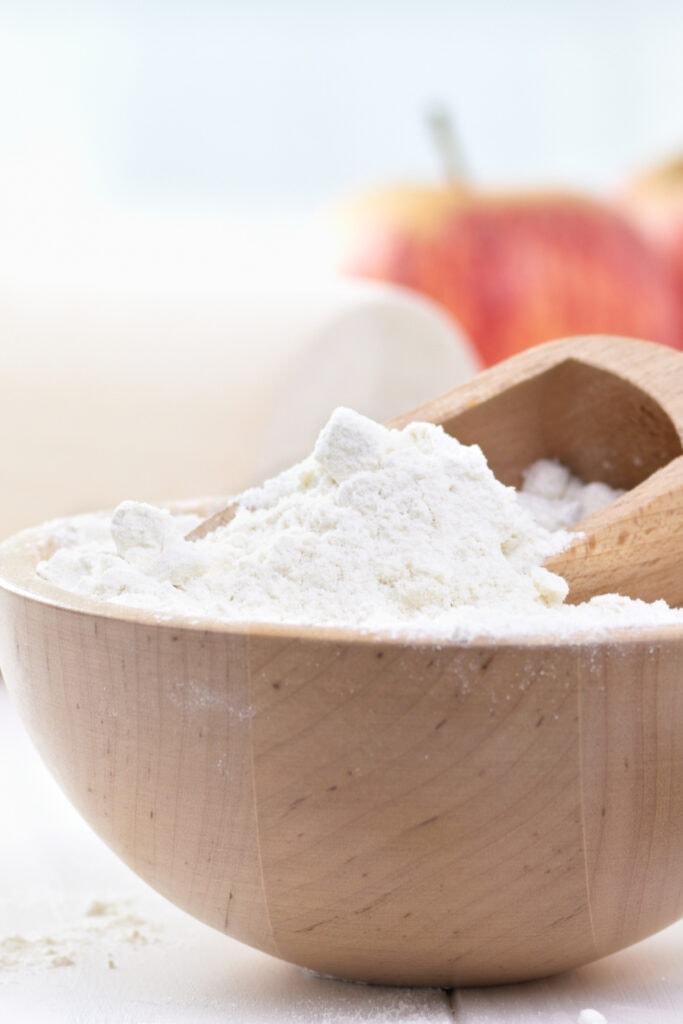
8.Cake or Pastry Flour
Cake flour is a game-changer for bakers looking to create tender, light treats. Made from soft wheat, it has the lowest gluten content among all flours, making it perfect for delicate desserts like angel food and chiffon cakes.
However, it’s not the best choice for hearty breads like sourdough or dense treats like pound cakes. When substituting, use equal parts cake flour for all-purpose flour.
No cake flour on hand? No problem! Make your own by measuring 1 cup of all-purpose flour, removing 2 tablespoons, and adding 2 tablespoons of cornstarch.
Sift the mixture twice for the right texture. Pastry flour is similar to cake flour but has a bit more gluten, so it can be used in place of cake flour in most recipes.
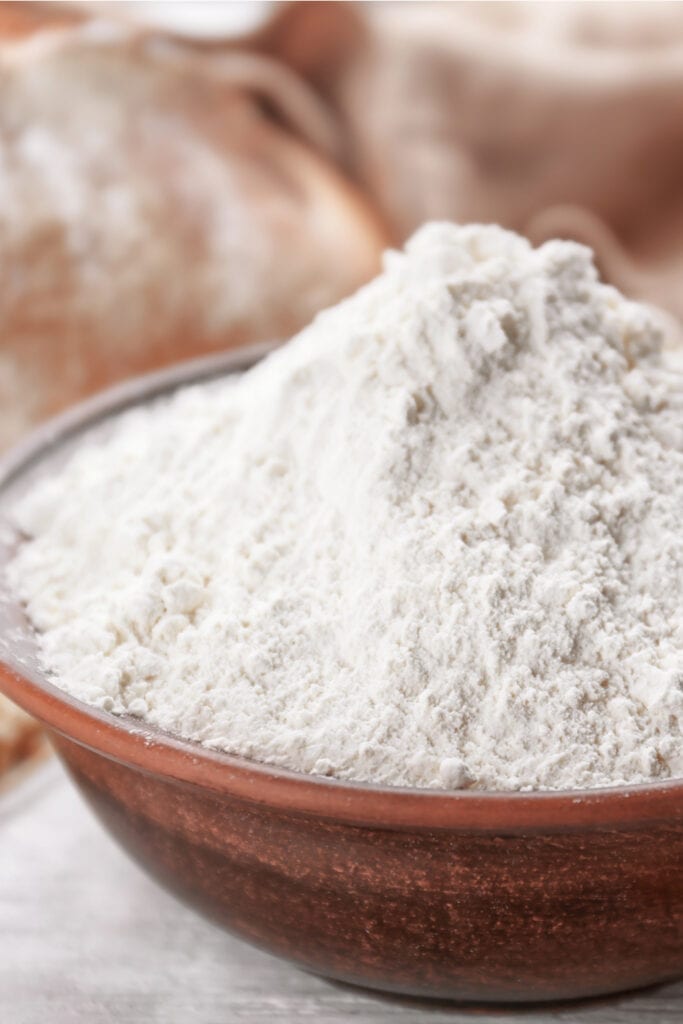
9.Bread Flour
Bread flour is the powerhouse of the flour family, crafted from a special type of wheat that packs more protein and gluten than all-purpose flour.
This makes it a rockstar for baking bread and other treats that need a sturdy structure and a satisfying chew–think crusty loaves or hearty bagels. But here’s the thing: swap bread flour into a recipe for light, fluffy cakes or cupcakes, and you might end up with a dense, heavy result instead.
So, save the bread flour for where it shines brightest, and reach for all-purpose when you’re after something delicate.
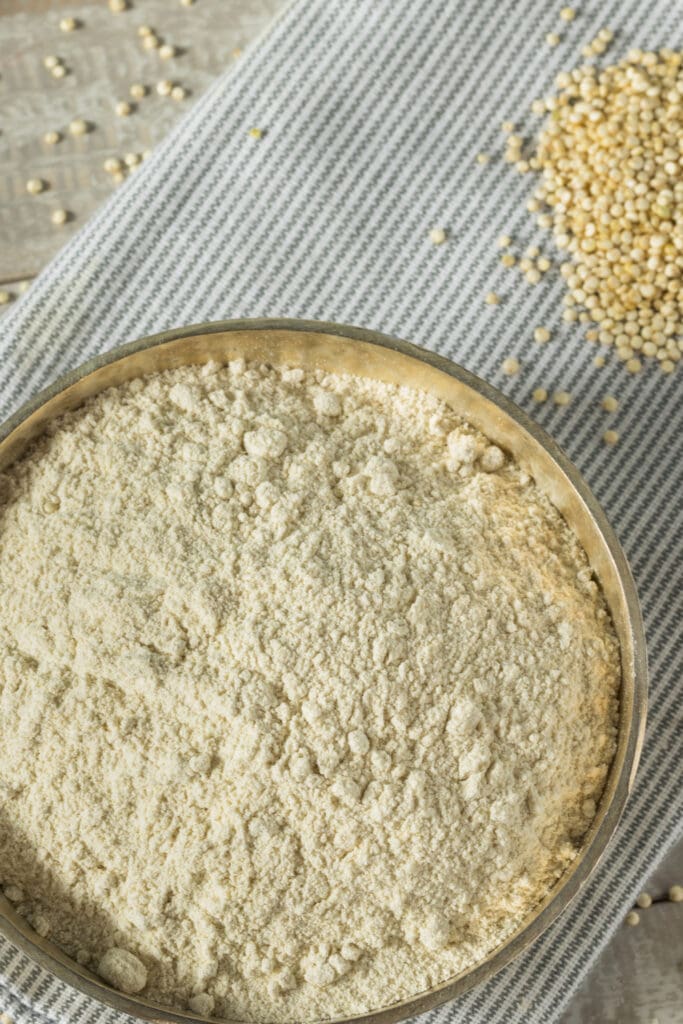
10.Amaranth Flour
Amaranth flour is a fantastic gluten-free option made from an ancient grain, packed with protein and amino acids.
It’s got a dense texture and a slightly earthy flavor, so it’s best not to use it 1:1 when substituting for all-purpose flour. Instead, try mixing it 50:50 with a lighter flour like all-purpose or whole wheat flour.
This blend will give you the perfect balance of nutrition and flavor. Plus, the earthy taste adds a unique twist to your baked goods!
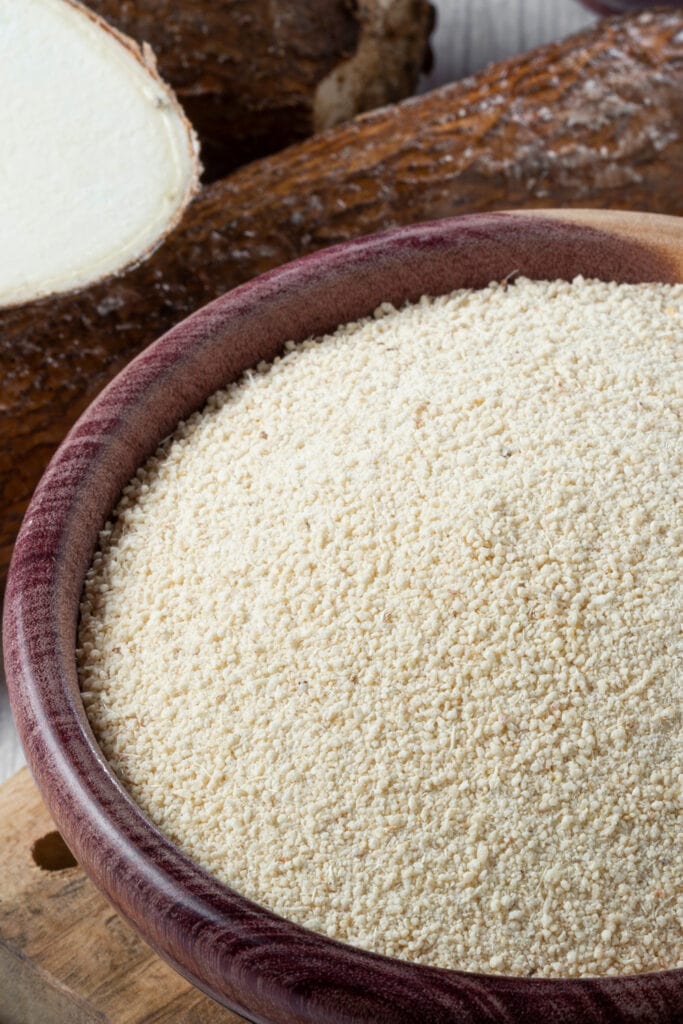
11.Cassava Flour
Cassava flour is a fantastic gluten-free and grain-free option made from yucca root. It tastes and feels a lot like regular flour but has one key difference: it soaks up more liquid.
This means you’ll want to use a little less to keep your baked goods from drying out. When using it in recipes, start with a small amount and add more as needed until you hit the right consistency.
It’s a simple swap that makes baking easier and ensures your treats stay moist and delicious.
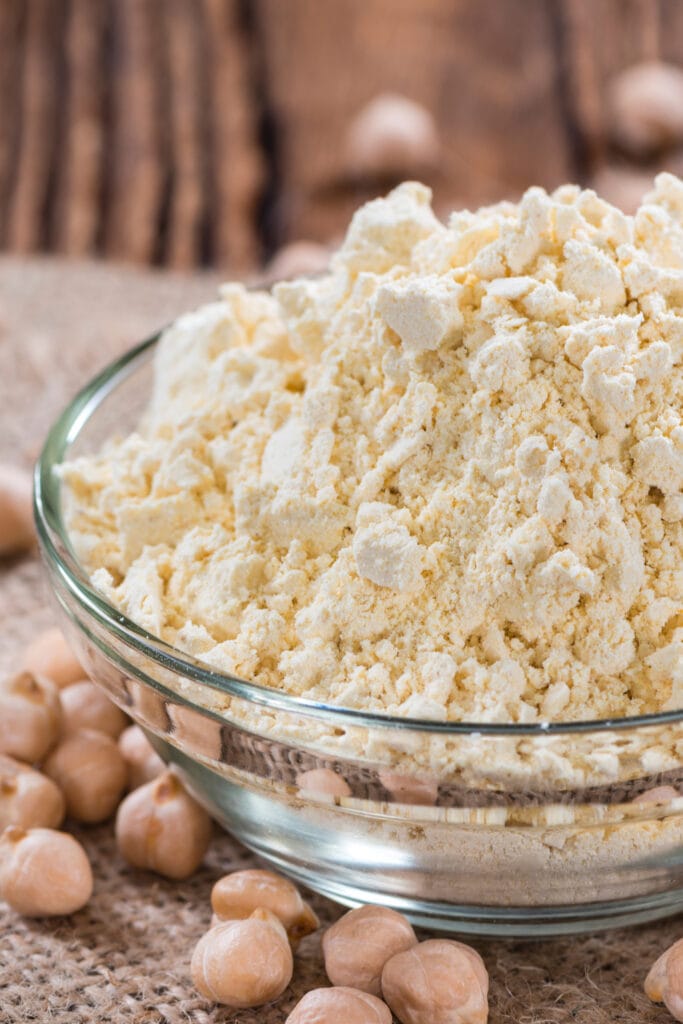
12.Chickpea Flour
Chickpea flour, also known as garbanzo bean flour, is a staple in Indian cuisine where it’s lovingly referred to as besan. This flour is packed with fiber and protein, making it a healthier choice, and it’s gluten-free too!
Whether you’re baking bread, crafting desserts, or simmering curries, chickpea flour is your versatile companion. Unlike other gluten-free flours, it boasts impressive binding power.
Simply mix it with water, oil, and a pinch of salt, and you’ll have a dense paste ready to bind fritters or meatballs effortlessly. It’s not just a flour; it’s a kitchen essential that brings convenience and nutrition to your cooking.
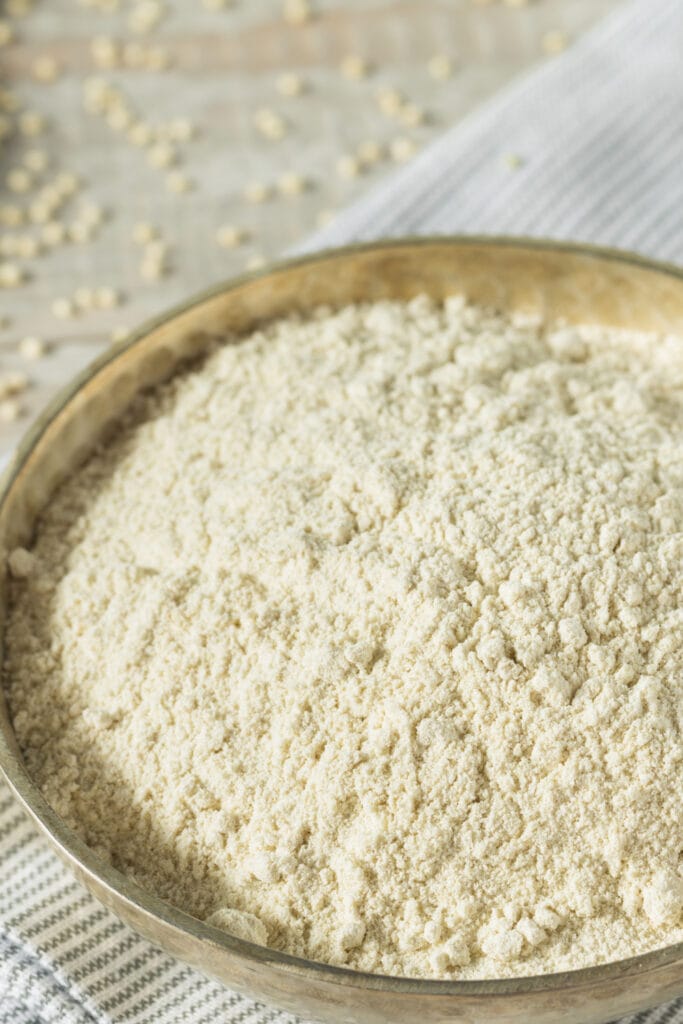
13.Quinoa Flour
Looking for a nutritious twist on baking? Quinoa flour is a fantastic alternative to all-purpose flour, made by grinding quinoa seeds into a fine powder.
Packed with high protein and fiber, this superfood flour is not only nutritious but also versatile. Use it to whip up cakes, muffins, or quick breads for a healthier treat.
Quinoa flour has a distinct earthy and nutty flavor, so it pairs perfectly with bold flavors like chocolate or spiced cakes. Try it out and give your baked goods a nutritious boost!
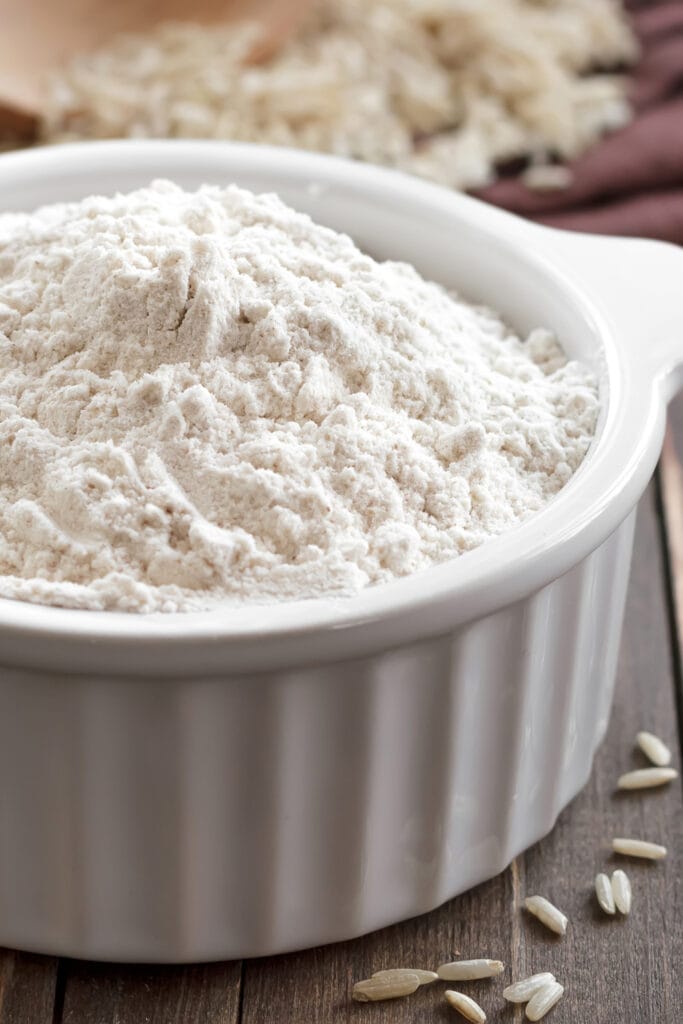
14.Rice Flour
Rice flour is a kitchen staple you’ll love. Made from rice, it’s perfect for gluten-free treats like cakes and cookies. It’s also a must-have for Asian dishes–think mochi and dumplings.
When it comes to breading, rice flour shines in recipes like tempura and fried chicken, giving them a light, crunchy crust. Plus, it’s great for thickening stews and sauces.
A pro tip? Opt for finely ground rice flour. Regular versions can feel gritty, so choosing the right one makes all the difference in your final dishes.
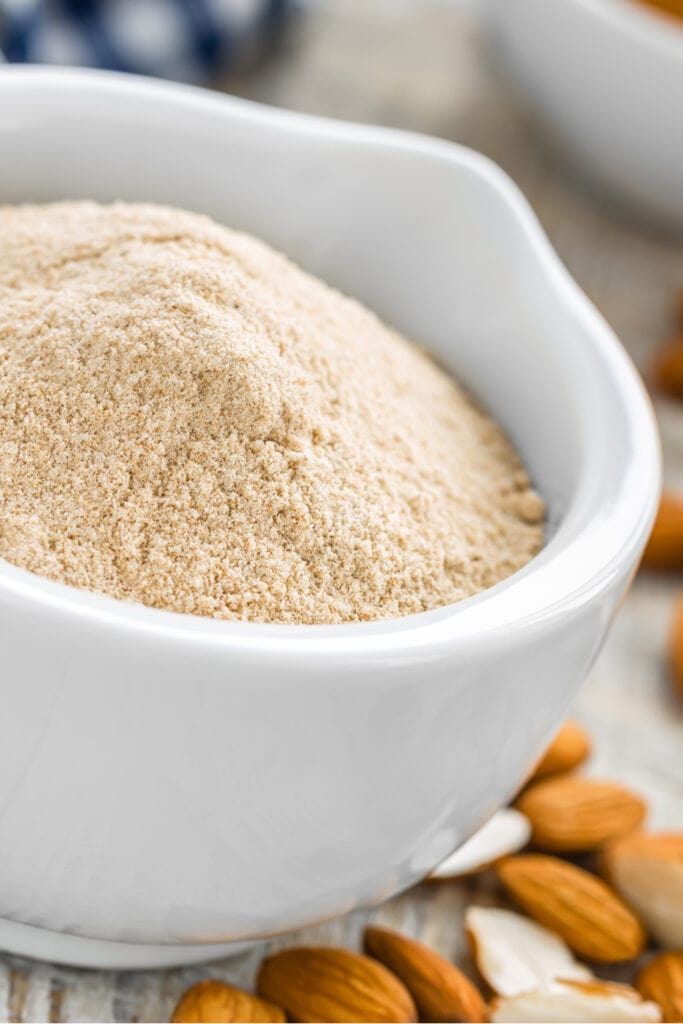
15.Almond Flour
Almond flour is made by grinding dried almonds, making it a great gluten-free option. While it has more calories than all-purpose flour, almonds are packed with healthy fats and protein, keeping you fuller longer.
It’s perfect for baking treats like banana bread and cookies. For a 1:1 swap, mix 3/4 cup almond flour with 1/4 cup arrowroot or tapioca starch. This combo makes baked goods gluten-free and adds extra flavor. Plus, if you’re making macarons, almond flour is the only way to go!
15 Flour Substitutes for Baking (Best Replacements)
Course: DessertsCuisine: AmericanDifficulty: Easy4
servings30
minutes40
minutes300
kcalRunning low on all-purpose flour or need a gluten-free option? Learning about flour substitutes can make a big difference in your baking. While all-purpose flour is a go-to for many, there are plenty of fantastic substitutes you can use.
Ingredients
Potato Flour
Millet Flour
Coconut Flour
Oat Flour
Rye Flour
Whole Wheat Flour
Buckwheat Flour
Cake or Pastry Flour
Bread Flour
Amaranth Flour
Cassava Flour
Chickpea Flour
Quinoa Flour
Rice Flour
Almond Flour
Directions
- Select your favorite recipe.
- Organize all the required ingredients.
- Prep a delicious recipe in 30 minutes or less!
